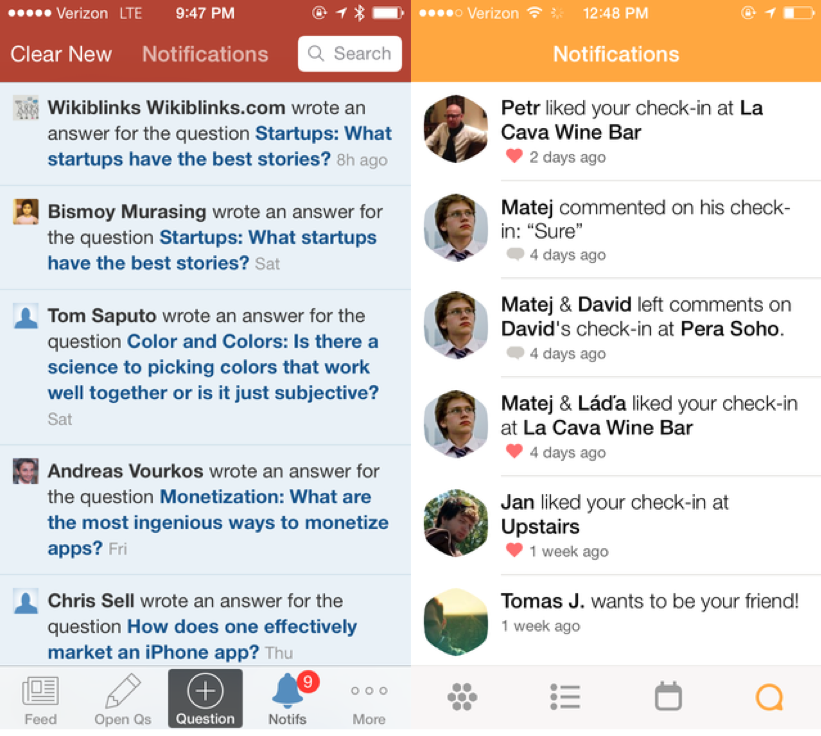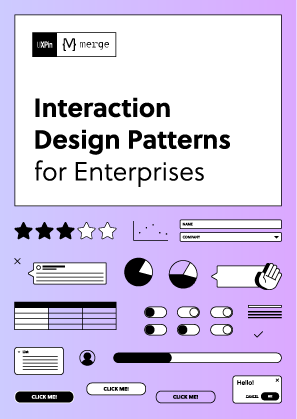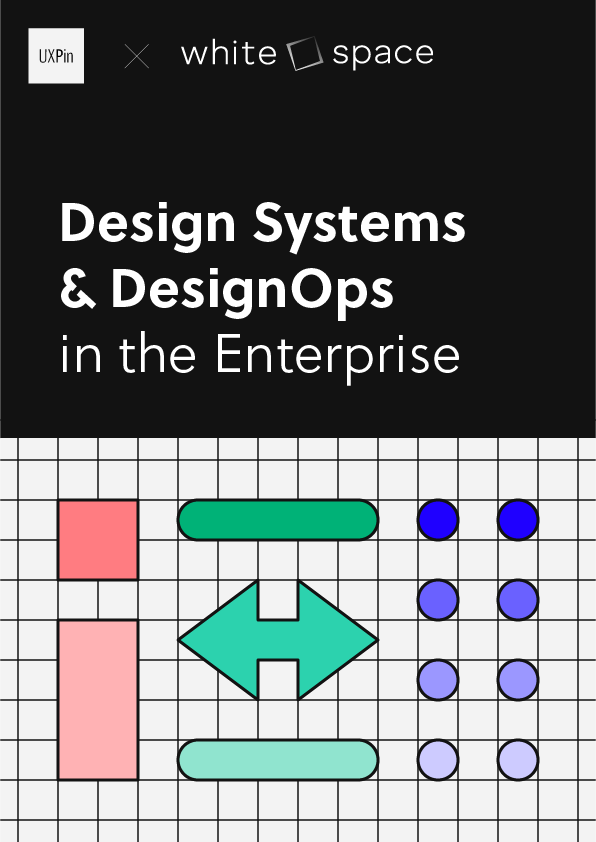Aristotle once said that “Without friends, no one would choose to live, though he had all other goods.” Similarly, mobile apps can have a lot of cool features, but without incorporating a social aspect into them, they may not be the best they can be. Which is not to say that all apps require social features – apps such as your bank account app or Google Maps probably don’t need social utilities at all. But for many mobile apps, the social aspect can be very advantageous, because people strive for human connection. By integrating social features into your mobile UI design, you not only facilitate human relationship, but also drive more traffic to your app.
This article shows you 5 UI design patterns you can use to help you effectively incorporate social capabilities into your mobile app.
1. Activity Feeds


What are the most popular things to do on this app? What have my friends been up to lately? I haven’t been on this app for a while – what new features are people using?
Activity feeds help to answer these questions in a subtle but constructive manner by allowing the user to view what their friends are doing on the app. They provide updates on what is going on around them, and help to keep the app relevant through the psychology of social proof.
Besides the obvious examples of Facebook and Twitter, other apps like Quora, Swarm, and Venmo are famous for their implementations of activity feeds. Whereas Quora updates you on answers a friend might have given to a thought-provoking question, Venmo provides a quick and cursory snapshot of all your buddies’ most recent transactions (and leaving you to imagine what fun activities they were up to).
2. Follow


Today’s apps are becoming increasingly better at tailoring content to the user’s specific preferences. In addition to following people and their activities, users want to know about topics or themes, such as news, new songs, new cars, new clothes, and new deals. Following certain pieces of content allows the user to stay up to date with the things they care about, and in the case of the mobile app, with the specific content they value most. This design pattern can be seen in apps like Twitter, Circa, Playboard, Flipboard, and Songkick.
3. Vote to Promote

Before following certain people or pieces of content, how do you know what is relevant on an app? One way of solving this problem is by letting a community of your peers “decide” for you. Many apps such as Digg and Reddit allow the user to vote on different content, so that what shows up on the front page, and most likely on your feed, is the information that was relevant to the most number of people. This trend, when incorporated into your app, uses crowdsourcing to give the user the best content. By showing that fifty or a hundred or a thousand other people “upvoted” a certain article, the user is more likely to click and enjoy the content on your app.
4. Single Share Button

In the world of Facebook and Twitter, the desire for people to share interesting content is growing. The share feature in mobile apps is becoming more and more commonplace, and as this trend continues, it becomes increasingly important to present this feature in the cleanest yet most attractive manner possible. Instead of having a bunch of different share options continuously cluttering the UI, many apps now consolidate all of these options into a single share button. Medium provides a great example of this design pattern, which not only emphasizes a single unambiguous share feature, but also allows for a beautiful user experience.
5. Find & Invite Friends

Lastly, the find and invite friends design pattern – what could make the mobile app experience more fun and user-friendly than being able to experience it with your friends? The purpose of the find & invite friends pattern is to allow your UI to facilitate the invitation process as much as possible and make it easy and obvious for the user. Venmo does this really well by integrating social, mobile contacts, and email into their invite feature.
There is plenty more to learn about the design patterns that make for great mobile UI’s (not just social!). Be sure to grab a copy of our new free ebook, Mobile UI Design Patterns 2014: A Deeper Look at the Hottest Apps Today to learn how to design better mobile UI’s using today’s newest and most trending design patterns.



